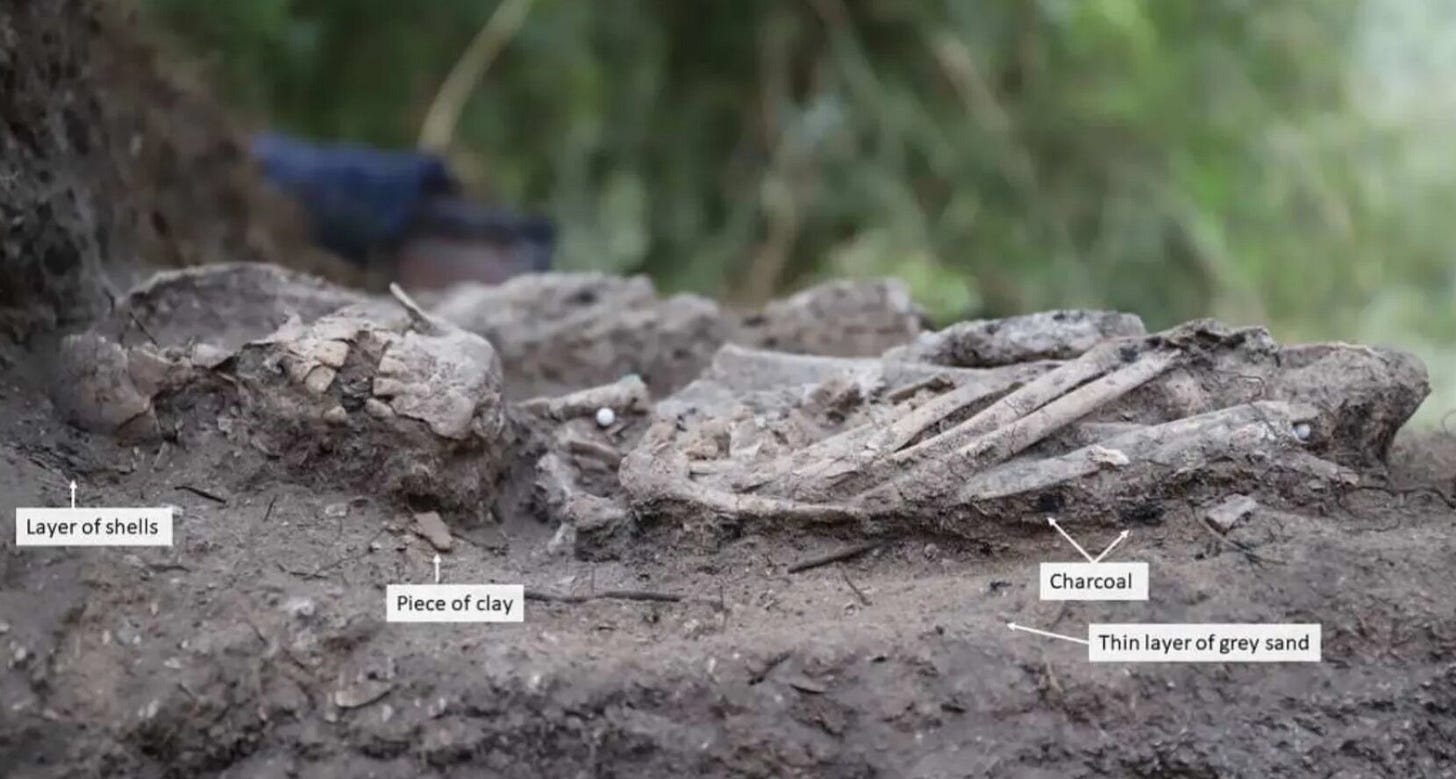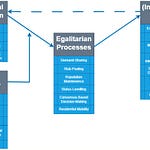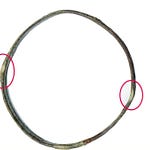The estuaries of the Tagus and Sado rivers in Portugal once formed a fertile refuge for the last hunter-gatherer-fisher groups of western Europe. Between 8,000 and 7,100 years ago, these brackish landscapes sustained communities who thrived on fish, shellfish, and game at a moment of great environmental change. Now, recent excavations1 at one of their key settlements, Cabeço da Amoreira, are offering a rare glimpse into how these groups buried their children.

The site, first uncovered in 1864, has long been central to debates about the Mesolithic–Neolithic transition in Iberia. But until systematic excavations began again in the 2000s, much of the evidence remained poorly understood. New research by Dany Coutinho-Nogueira and colleagues focuses on three recently uncovered non-adult burials, revealing both patterns and anomalies in Mesolithic funerary behavior.
Listen to this episode with a 7-day free trial
Subscribe to Anthropology.net to listen to this post and get 7 days of free access to the full post archives.









